- Follow Us
Publications
High-profile publications featuring CDI Labs products and services
275 Total Publications
Refine Your Search
Publication Details
- Date
- Link
- + Abstract
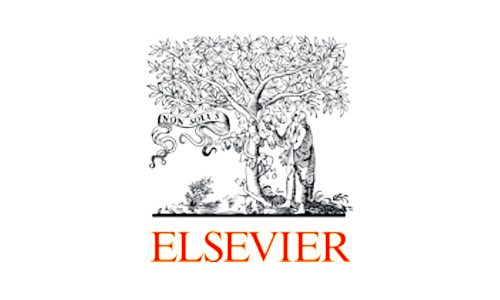
Elsevier: Carbohydrate Polymers
- Main Product: HuProt
- Improving impact of heparan sulfate on the endothelial glycocalyx abnormalities in atherosclerosis as revealed by glycan-protein interactome
- Qingqing Chen, Xiaohui Xu, Shaoshuai Xie, Anran Sheng, Naihan Han, Zhenyu Tian, Xiaowei Wang, Fuchuan Li, Robert J....
- National Glycoengineering Research Center, Shandong University
Endothelial dysfunction induced by oxidative stress is an early predictor of atherosclerosis, which can cause various cardiovascular diseases. The glycocalyx layer on the endothelial cell surface acts as a barrier to maintain endothelial biological function, and it can be impaired by oxidative stress. However, the mechanism of glycocalyx damage during the development of atherosclerosis remains largely unclear. Herein, we established a novel strategy to address these issues from the glycomic perspective that has long been neglected. Using countercharged fluorescence protein staining and quantitative mass spectrometry, we found that heparan sulfate, a major component of the glycocalyx, was structurally altered by oxidative stress.

bioRxiv
- Main Product: HuProt
- PAK6 rescues pathogenic LRRK2-mediated ciliogenesis and centrosomal cohesion defects in a mutation-specific manner
- Lucia Iannotta, Rachel Fasiczka, Giulia Favetta, Yibo Zhao, Elena Giusto, Elena Dall’Ara, Jianning Wei, Franz Y. Ho,...
- Dept of Biology, University of Padova
P21 activated kinase 6 (PAK6) is a serine-threonine kinase with physiological expression enriched in the brain and overexpressed in a number of human tumors. While the role of PAK6 in cancer cells has been extensively investigated, the physiological function of the kinase in the context of brain cells is poorly understood. Our previous work uncovered a link between PAK6 and the Parkinson’s disease (PD)-associated kinase LRRK2, with PAK6 controlling LRRK2 activity and subcellular localization via phosphorylation of 14-3-3 proteins.
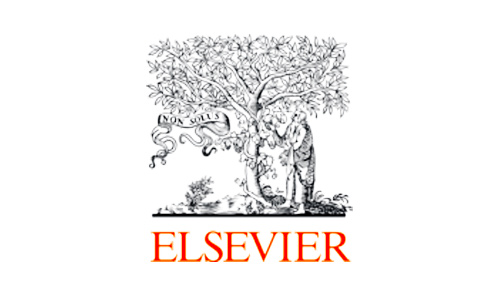
Elsevier: Chinese Journal of Natural Medicines
- Main Product: HuProt
- Repurposing diacerein to suppress colorectal cancer growth by inhibiting the DCLK1/STAT3 signaling pathway
- Qiaobei Ye, Yu Zhu, Meng Shi, Linxi Lv, Yuyan Gong, Luyao Zhang, Lehe Yang, Haiyang Zhao, Chengguang Zhao, Huanhai Xu
- Affiliated Yueqing Hospital, Wenzhou Medical University
Double cortin-like kinase 1 (DCLK1) exhibits high expression levels across various cancers, notably in human colorectal cancer (CRC). Diacerein, a clinically approved interleukin (IL)-1β inhibitor for osteoarthritis treatment, was evaluated for its impact on CRC proliferation and migration, alongside its underlying mechanisms, through both in vitro and in vivo analyses. The study employed MTT assay, colony formation, wound healing, transwell assays, flow cytometry, and Hoechst 33342 staining to assess cell proliferation, migration, and apoptosis.

Journal of Clinical Investigation
- Main Product: HuProt
- Neutralizing IFN-γ autoantibodies are rare and pathogenic in HLA-DRB1*15:02 or 16:02 individuals
- Jessica N. Peel, Rui Yang, Tom Le Voyer, Adrian Gervais, Jérémie Rosain, Paul Bastard, Anish Behere, Axel Cederholm,...
- Giles Laboratory of Human Genetics of Infectious Diseases, The Rockefeller University
Weakly virulent environmental mycobacteria (EM) can cause severe disease in HLA-DRB1*15:02 or 16:02 adults harboring neutralizing anti-IFN-γ autoantibodies (nAIGAs). The overall prevalence of nAIGAs in the general population is unknown, as are the penetrance of nAIGAs in HLA-DRB1*15:02 or 16:02 individuals and the proportion of patients with unexplained, adult-onset EM infections carrying nAIGAs.
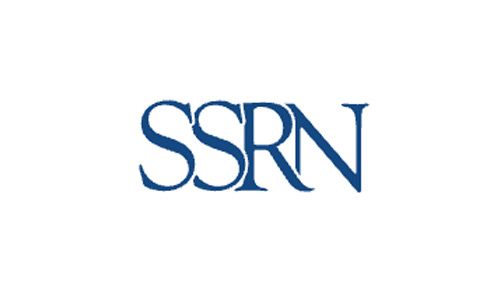
SSRN
- Main Product: HuProt
- Echinatin suppresses cutaneous squamous cell carcinoma by targeting GSTM3 mediated ferroptosis
- Ziwei Kang, Peiru Wang, Bo Wang, Yu Yana, Zijun Zhao, Chunxiao Li, Long Wen, Mingshun Wu, Guorong Yan, Xiuli Wang,...
- Institute of Photomedicine, Shanghai Skin Disease Hospital, School of Medicine, Tongji University,
Cutaneous squamous cell carcinoma (cSCC) is one of the most common skin cancers in urgent need of effective drugs. Echinatin, a natural compound extracted from Glycyrrhiza plants, exhibited promising anti-tumor effects. However, the efficacy and direct target of Echinatin in cSCC remain unclear.
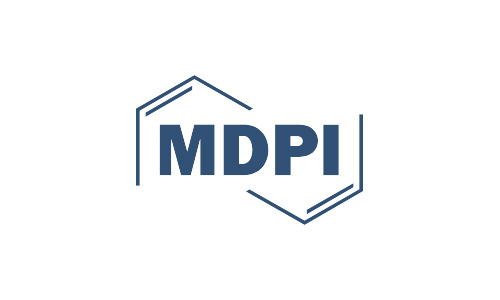
MDPI: Cancers
- Main Product: HuProt
- Predictive Biomarkers for Checkpoint Inhibitor Immune-Related Adverse Events
- Iñigo Les, Mireia Martínez, Inés Pérez-Francisco, María Cabero, Lucía Teijeira, Virginia Arrazubi, Nuria Torrego, Ana...
- Internal Medicine Dept, Navarre University Hospital
Immune-checkpoint inhibitors (ICIs) are increasingly used in the treatment of cancer, but they cause immune-related adverse events (irAEs) in around 40% of patients treated. Identifying biomarkers predictive of irAEs has become a priority for the optimal management of patients on ICIs. Herein, we review the state of the art regarding the most relevant biomarkers for predicting irAEs, distinguishing between biomarkers already clinically available and those under investigation. Although none of these biomarkers has been validated in prospective studies, there is growing evidence supporting their use for irAE prediction and clinical characterization, which depend on cancer type, ICI agent and organ affected by the toxicity. A better understanding of the pathogenic mechanisms underlying irAEs and the combination of different emerging biomarkers would allow us to improve the risk-benefit balance for patients who are candidates for ICI therapy.
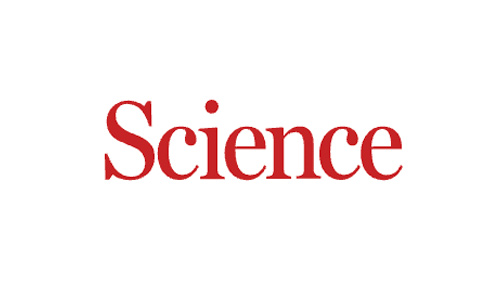
Science
- Main Product: HuProt
- The immunopathological landscape of human pre-TCRα deficiency: From rare to common variants
- Marie Materna, Vivien Béziat, et. al.
- Laboratory of Human Genetics of Infectious Diseases, Necker Hospital for Sick Children
We describe humans with rare biallelic loss-of-function PTCRA variants impairing pre–α T cell receptor (pre-TCRα) expression. Low circulating naive αβ T cell counts at birth persisted over time, with normal memory αβ and high γδ T cell counts. Their TCRα repertoire was biased, which suggests that noncanonical thymic differentiation pathways can rescue αβ T cell development. Only a minority of these individuals were sick, with infection, lymphoproliferation, and/or autoimmunity. We also report that 1 in 4000 individuals from the Middle East and South Asia are homozygous for a common hypomorphic PTCRA variant. They had normal circulating naive αβ T cell counts but high γδ T cell counts. Although residual pre-TCRα expression drove the differentiation of more αβ T cells, autoimmune conditions were more frequent in these patients compared with the general population.
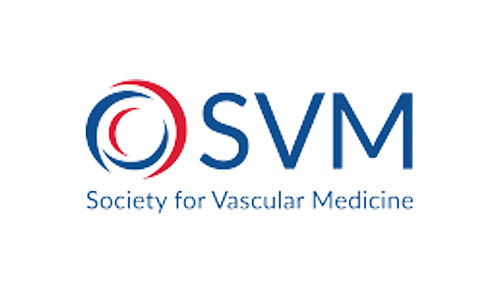
Society for Vascular Medicine
- Main Product: HuProt
- Dysregulated platelet function in patients with postacute sequelae of COVID-19
- Anu Aggarwal, Tamanna K Singh, Michael Pham, Matthew Godwin, Rui Chen, Thomas M McIntyre, Alliefair Scalise, Mina K...
- Dept of Cardiovascular and Metabolic Sciences, Cleveland Clinic Lerner Research Institute
Postacute sequelae of COVID-19 (PASC), also referred to as “Long COVID”, sometimes follows COVID-19, a disease caused by SARS-CoV-2. Although SARS-CoV-2 is well known to promote a prothrombotic state, less is known about the thrombosis risk in PASC. Our objective was to evaluate platelet function and thrombotic potential in patients following recovery from SARS-CoV-2, but with clear symptoms of patients with PASC.
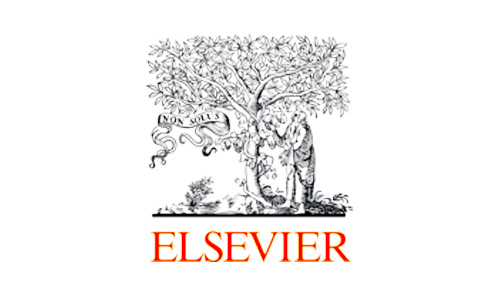
Elsevier: Clinica Chimica Acta
- Main Product: HuProt
- Proteome microarray identifies autoantibody biomarkers for diagnosis of hepatitis B-related hepatocellular carcinoma
- Jin Zhang, Wudi Hao, Xinxin Liu, Yuan Meng, Jianhua Liu, Lina Wu, Yue Zhang, Xingwei Hu, Yan Fan, Xiaosong Qin
- Dept of Laboratory Medicine, Shengjing Hospital of China Medical University
Hepatocellular carcinoma (HCC) has the highest mortality rate among malignant tumors worldwide. This study aimed to analyze the biological characteristics of serum proteins in hepatitis B (HBV)-related liver diseases, identify diagnostic biomarkers for HBV-infected HCC, and provide a scientific basis for its prevention and treatment.

Elsevier - Clinica Chimica Acta
- Main Product: HuProt
- HuProt: Proteome microarray identifies autoantibody biomarkers for diagnosis of hepatitis B-related hepatocellular carcinoma
- Jin Zhang, Wudi Hao, Xinxin Liu, Yuan Meng, Jianhua Liu, Lina Wu, Yue Zhang, Xingwei Hu, Yan Fan, Xiaosong Qin
- Dept of Laboratory Medicine, Shengjing Hospital of China Medical University
Hepatocellular carcinoma (HCC) has the highest mortality rate among malignant tumors worldwide. This study aimed to analyze the biological characteristics of serum proteins in hepatitis B (HBV)-related liver diseases, identify diagnostic biomarkers for HBV-infected HCC, and provide a scientific basis for its prevention and treatment.